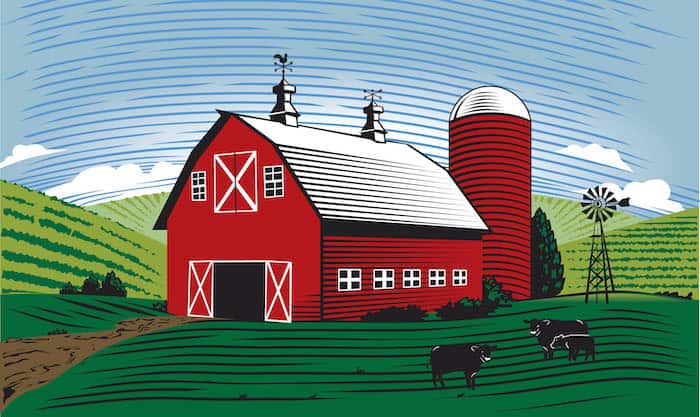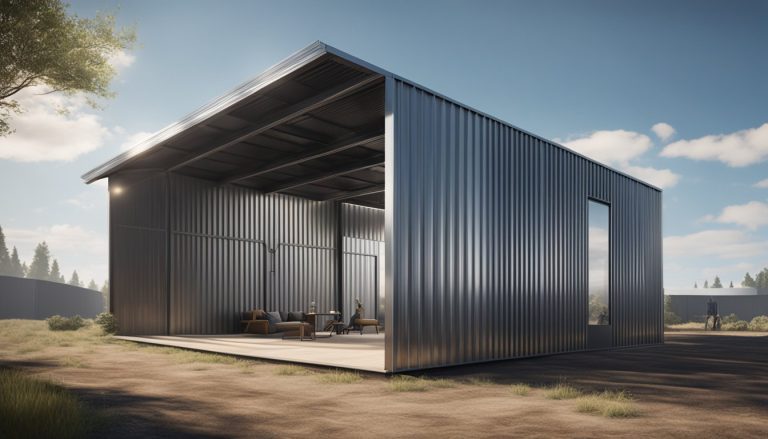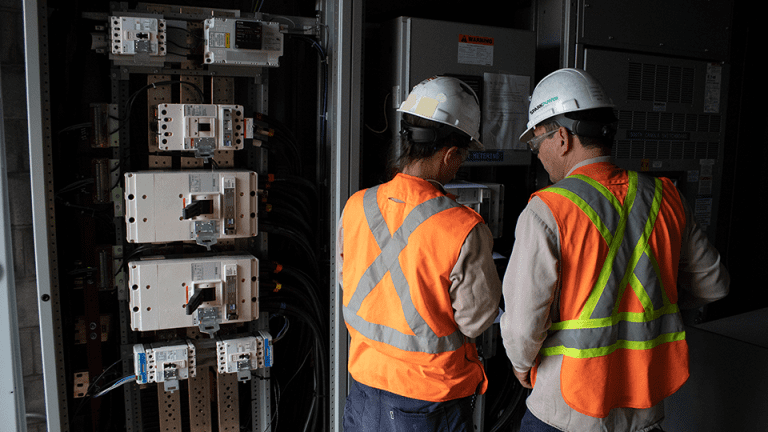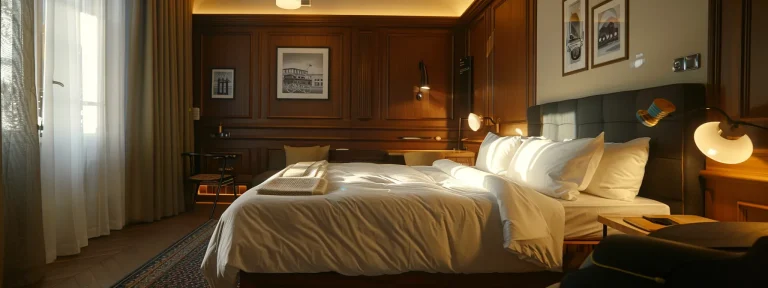
People all over Southern Ontario hang on to old dilapidated, barns the way they hang on to family heirlooms. In many cases, for farmers, barns ARE family heirlooms. Unless you have a willing blind spot, eventually you need to make the decisions as to whether you should repair your barn or whether you should get rid of it.
This guide to repairing or restoring your barn is part of a handsome collection of information from:
Ray Stewart Barn Painting
Port Rowan, Ontario
1-844-567-0921
https://www.raystewartbarnpainting.ca
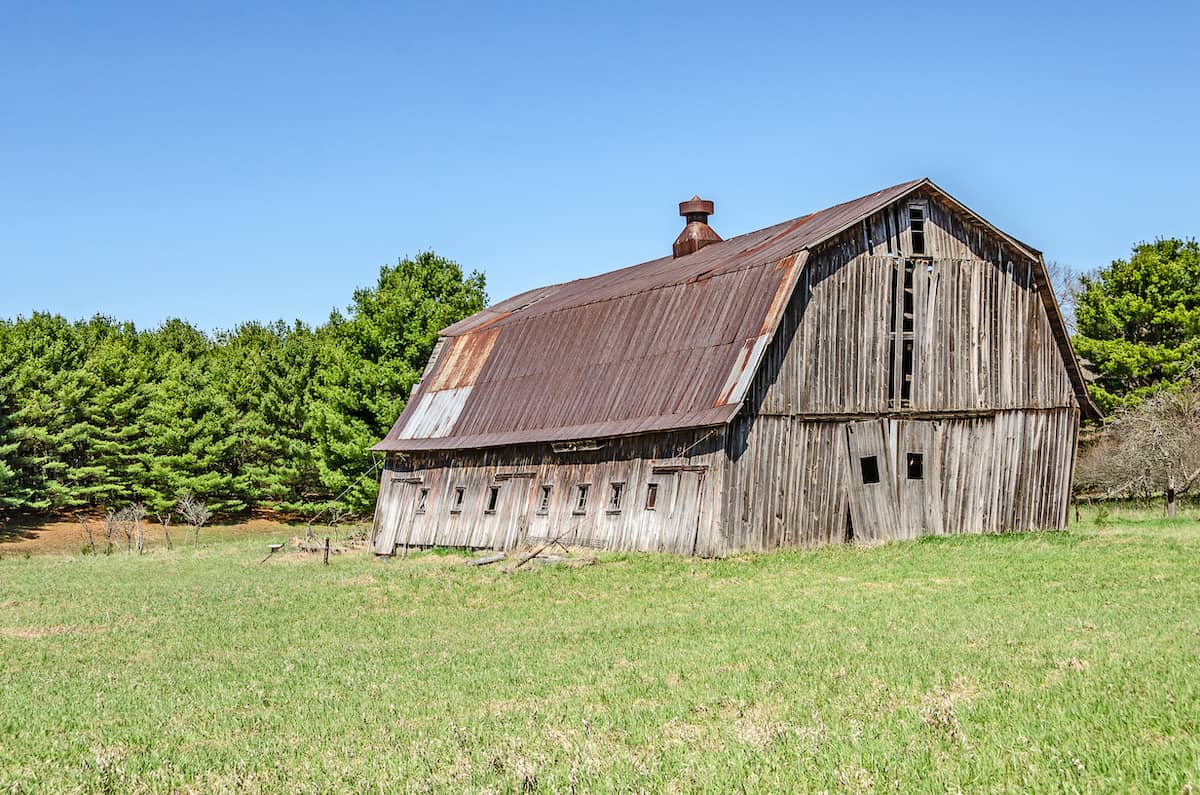
Contents
- 1 To Fix or to Tear Down
- 2
- 3 Preserving Your Barn
- 3.1 1) You Should Landscape by Subtraction:
- 3.2 2) You Should Observe Closely:
- 3.3 3) You Should Set Goals:
- 3.4 4) You Should Make a Plan:
- 3.5 5) You Should Fix Roof Leaks:
- 3.6
- 3.7 6) You Should Pay Attention to the Foundation and Drainage:
- 3.8 7) You Should Focus on Roof Repair:
- 3.9 8) You Should Consider Interior Design:
- 3.10
- 3.11 9) You Should Consider Siding:
To Fix or to Tear Down
Barns are here to serve a purpose and although they often times have sentimental value, it is important to take a pragmatic attitude. Whether or not you should fix or tear down your old barn is, in other words, mainly a financial decision.
Assessing Your Barn
Sometimes a run-down looking barn in Southern Ontario only needs a fresh coat of paint and in others a seemingly pristine looking barn may need to be torn down. That’s because many of the most expensive and difficult barn repairs are often hidden from plain sight…
According to expert John Porter, here are a few things you can look for that will help you determine just how much repairs your old barn may need.
- Black stains reveal old water leaks; white stains indicate more recent ones.
- Attached sheds are often a detriment to the barn; they allow water to get between the two structures, while snow can pile up on the attached roof and damage the adjoining wall.
- The tiny holes of powder-post beetles are nothing to worry about unless there is fresh white powder indicating recent activity. There is no need for expensive chemicals, as spraying turpentine can stop these beetles.
Preserving Your Barn
If you have decided to repair your old barn (rather than constructing a new one) the next thing you need to do is determine whether your goal is to simply keep the old barn from falling down? Or is it to create a functional use for an abandoned building? Or to restore the structure authentically?
Preservation entails retaining the structural integrity of a building, while restoration implies the use of authentic materials and techniques to return the building to its condition at the point in the past, often the day it was built.
If you’re considering preserving or restoring, here are a few things to consider:
1) You Should Landscape by Subtraction:
Remove overgrown shrubs, trees and vines that obscure the building. This will make it easier to see what you’re dealing with and curtail any damage to the roof, siding or foundation these plantings might have contributed.
2) You Should Observe Closely:
Use a hammer and chisel—or a flathead screwdriver—to check wood for rot that might be hidden inside a foundation sill or in framing timbers exposed to roof leaks.
Check walls and posts for plumb. Check floors for level. Step back enough to see whether the roof sags.
Use binoculars to check the condition of roof shingles. Walk around the barn during a good downpour to see where rain gets in and to identify drainage problems.
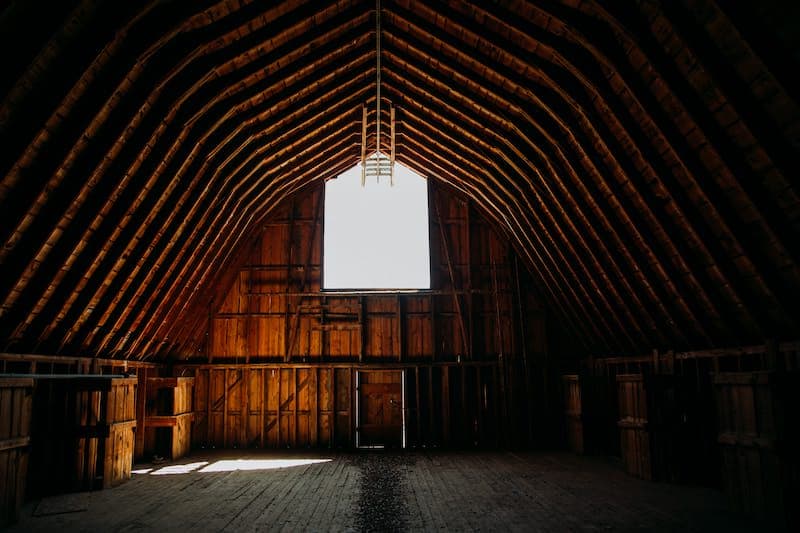
3) You Should Set Goals:
Do you simply want to keep the barn standing, develop it for a new use, preserve it or restore it to its original condition? Will you do the work, or will you hire a local contractor or a professional barn restorer (Such as Ray Stewart Barn Painting)?
Expect a “time and materials” contract rather than a one-price bid. There are too many unknowns in old barns. You can keep some control on costs, though, by tackling the project in stages. Again, remember, that it’s okay to allow sentimentality to increase how much you’re willing to pay for a barn repair, but don’t get carried away!
4) You Should Make a Plan:
Organize, organize, organize!
Renovating a barn is a job that requires real organization and planning.
5) You Should Fix Roof Leaks:
This will keep rot from spreading and might just mean applying a tarp or inexpensively replacing a few bad shingles until any repairs to the foundation have stabilized the structure and returned it to its original shape.
6) You Should Pay Attention to the Foundation and Drainage:
Permanently fix the foundation and address any drainage issues. Levelling the foundation will alter any repairs you’ve made, so aside from a temporary roof patch, don’t expend major time or money until the foundation is sound. If the foundation is stone, you might need to engage a stonemason.
Jacking up a barn to replace rotten sills or to repair a stone foundation is best left to professionals. It’s slow and tricky work.
7) You Should Focus on Roof Repair:
Repair the roof once the foundation is set and the building will not move. Keeping a watertight roof is essential. Water from a leaky roof will rot roof boards, rafters, framing and floors and damage what is stored in the barn.
You should Check your roof at least once a year to see that it is watertight. Use binoculars to scan the outside, systematically following the rows where roofing overlaps and all flashing.
Pay particular attention to potential problem areas where roofing or flashing might fail, such as the ridges, eaves, valleys, around cupolas, along intersecting walls, and anywhere snow and ice can drop down from a higher roof.
8) You Should Consider Interior Design:
Repair framing and floor and other interior elements. Flooring is the interior feature usually requiring the most maintenance in a well-used barn.
Roof leaks and decaying hay might damage flooring and joists underneath, creating a hazard. You should clear and sweep clean floors every few years so you can assess their condition.
9) You Should Consider Siding:
Repair the siding last, as it is the least critical component protecting the building and for safety.
Original siding contributes greatly to the historic character and appearance of agricultural buildings and is often a good indicator of their age. Any surface decay near the ground or on roof cornices or soffits should be thoroughly assessed to ensure that it does not hide structural or other serious problems that should be repaired first.
Rough, vertical board siding, as long as boards remain intact and well-ventilated, might last 200 years unpainted. Most other siding and trim require painting to preserve it.
And that is how to figure out if you should move forward with repairing your barn, and if so, how you should go about doing it.
